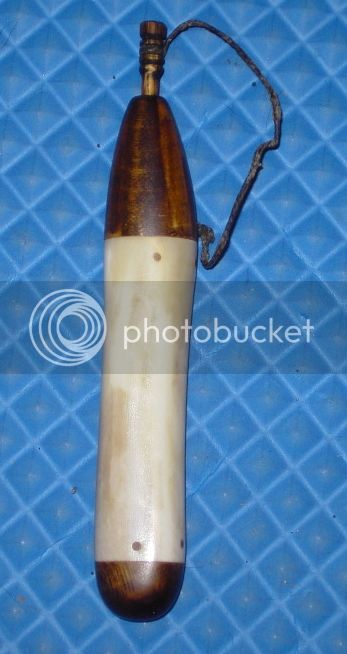I tell myself I can tell the difference between 3F and 4F. It's slight, but to me, it's there and it's real.
Will 3F work? Absolutely, and work fine. But I think 4F works better. I see no advantage in using 3F as a priming powder; 4F costs the same and a pound will last you a very long time.
Will 3F work? Absolutely, and work fine. But I think 4F works better. I see no advantage in using 3F as a priming powder; 4F costs the same and a pound will last you a very long time.





